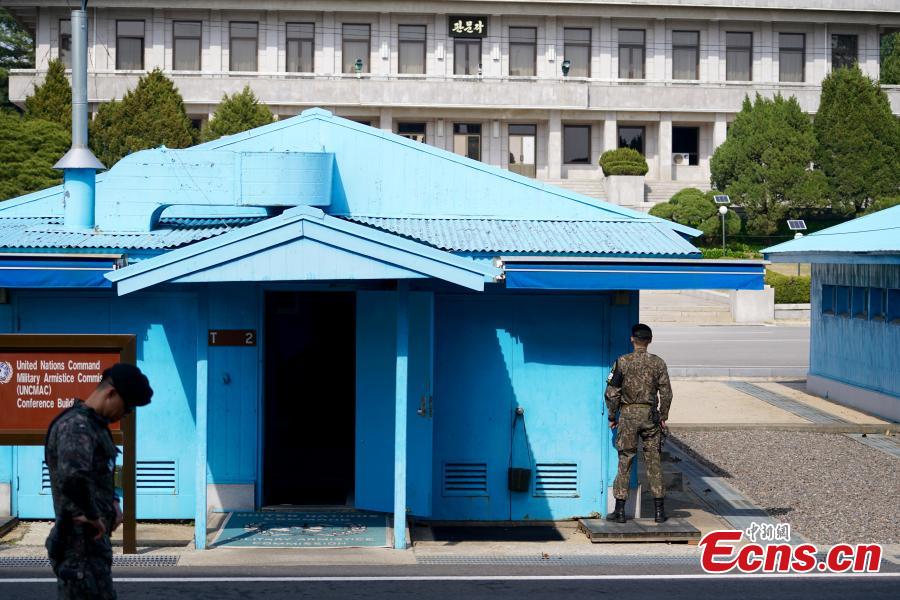An estimated 95 percent of people live in areas exceeding the World Health Organization's (WHO) guideline for healthy air, according to a study published this week.
The annual State of Global Air Report 2018 by the Health Effects Institute (HEI) showed that air pollution was estimated to contribute to 6.1 million deaths -- about 11 percent of the total global deaths in 2016.
Air pollution is a complex mixture of particles and gases. Ambient particulate matter (particulate matter less than or equal to 2.5 micrometers in aerodynamic diameter, or PM2.5), one component of air pollution, ranks as the sixth-highest risk factor for early death, the study showed.
The WHO sets the Air Quality Guideline for annual average PM2.5 concentration at 10 micrograms per cubic meter of air, and suggests three interim targets set at progressively lower concentrations for regions of the world where air pollution is highest. The report showed that nearly 60 percent of people live in areas that do not meet even the least stringent air quality target as set by the WHO.
It also found that the highest concentrations of population-weighted annual average PM2.5 in 2016 were in North and West Africa and the Middle East.
The countries with an annual average of lowest 8 micrograms per cubic meter were in Australia, Brunei, Canada, Estonia, Finland, Greenland, Iceland, New Zealand, Sweden, and several Pacific island nations.
China's air pollution exposures have stabilized and even begun to decline slightly. Pakistan, Bangladesh and India, in contrast, have experienced the steepest increases in air pollution levels since 2010.
The study also reported that if no further action is taken, population exposures to PM2.5 are likely to increase by over 40 percent by 2050.

















































